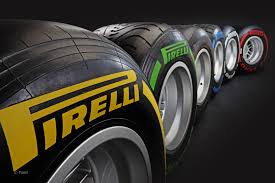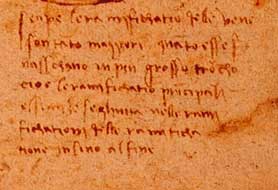So once again, I find myself on a late Wednesday night; early Thursday morning completing a blog post for noon. Needless to say its been yet another busy week with classes, research, and other events. This can really be expected for the last few weeks of the semester. With that being said, this may be the last log post before I make my way across the ocean.
Hopefully my flight is a little more comfortable than it was for these passengers.
So for this post, I think it’s probably best to look into some of the current trends that can be found in Milan along with its status within both the European Union and the world for that matter.
As a reminder from one of the first blog posts, Milan is the second largest city in Italy with a population of just over 4 million. Milan is also the capital of the Lombardy region and is the center of both industry and finance for all of Italy; hosting the Borsa Italiana or Italian stock exchange. (Milan, n.d.)

In regards to finance and the economy, Milan had a GDP of $132.5 billion in 2010 and the region of Lombardy contributed to 20% of the total GDP of Italy. Three Fortune 500 companies have even developed out of the heart of Milan. A large portion of this industry has developed in telecommunications and fashion as it has traditionally. However, significant strides have also been made in the automotive industry with the presence of Alfa Romeo and Pirelli.
Image of an Alfa Romeo

Pirelli Tires

Banking is still a significant portion of Milan as well in that there are 198 banking groups within the city. (EVENTI IN CITTA’ SCELTI PER VOI)
As stated previously, Milan is known to be very cultured in regards to the performing arts and music while also hosting a sports atmosphere with two world-famous football clubs; AC Milan and FC Internazionale Milano. As you travel throughout the city as well you can see that the rich history of the metropolis is kept alive while still progressing into the future with modern day structures and buildings. Education is also a significant aspect of the city with two prominent universities; Politecnico di Milano and the University of Milan. (Milan Wikipedia, n.d.)
Politecnico di Milano

University of Milan

With the large geographic size of Milan , it make sense that there is an extensive networks of transportation systems and hubs. There are three international airports, the Milan Metro, the Aziendi Transporti Milanesi (ATM) and the Milan Central Station. With all of these networks there is the option of getting from point A to point B by plane, train, automobile, and even trolley, tram, or bus. (Milan Italy, n.d.)
Milan Metro

ATM

Milan Central Station

In terms of the actual atmosphere of Milan, it was quite hard to find sources that gave any insight into this. However, I have talked to several students that have traveled to Milan and received a number of different perspectives. One student said it was one of the best cities he ever visited and he hopes to return some day. Another student said that it was a waste of time and that it was filled with just a bunch of stuck-up fashion models and business men. My hope is that Milan will truly be worth the visit and I have a strong feeling that it absolutely will. My reasoning for this is that I have taken the time throughout the semester to sit down and do some decent research regarding the city and I now have an understanding of the environment before diving right into it. I know where the true beauty lies in this metropolis and what I will find of value and interest. At this point I’m just looking forward to taking the trip and experiencing Milan in real life.
Works Cited
About Milan, your tourist guide to Milan, Italy. (n.d.). Sports in Milan: football, basketball, Grand Prix…. Retrieved April 9, 2014, from http://www.aboutmilan.com/sports-in-milan.html
“EVENTI IN CITTA’ SCELTI PER VOI.” Comune di Milano. N.p., n.d. Web. 6 Feb. 2014. <http://www.comune.milano.it/portale/wps/portal/CDMHome>.
“Milan Italy.” Tourist Information and Travel Guide. N.p., n.d. Web. 6 Feb. 2014. <http://milanitaly.ca/>.
Milan. (2014, February 4). Wikipedia. Retrieved April 2, 2014, from http://en.wikipedia.org/wiki/Milan



































